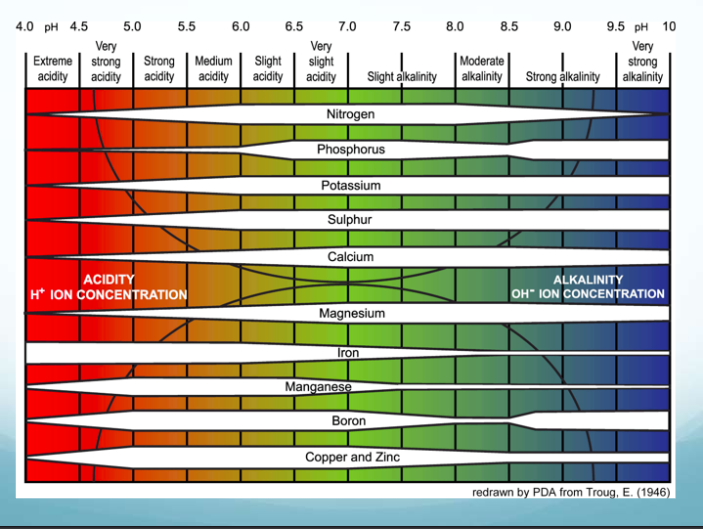
Soil Fertility: Building Soil Health in Southeast Ohio
On a chilly Saturday afternoon in February, people flocked to the Rural Action office (Kuhre Center) to extend their knowledge on soil fertility. Plant Health Management graduate student, Ellie Andrews presented the do's, don'ts and everything in-between during her lecture.
Soil fertility refers to, "The quality of soil that enables it to provide chemical elements in quantities and proportions for plant growth," Andrews explains. Gardeners must be aware of what's added into their soil as it affects the overall ability to support healthier plants. Also, managing soil creates a positive environmental impact as it decreases water pollution from nitrate and phosphorous leaching and decreases green house gas emissions. So my first key takeaway from Andrews is that soil management not only helps yourself but it helps the environment. Everybody wins!
Soil composition is made out of 50% air and water, 45% mineral particles and 5% organic matter. Although organic matter is only 5%, organic matter is a crucial foundation for productive soils. Organic matter includes all materials for the stages of depositions so it helps, "the living, the dead and the very dead," Andrews jokes. Organic matter has tremendous physical, chemical and biological benefits as it enhances aggregate stability, increases ability of soil to retain nutrients and provides food for living organisms in the soil. Those earthworms gotta eat too right!?

Like earthworms, plants must find their nutrients. Plants take up nutrients as ions so the more ions the better. Andrews advises, "Plants find ions yummy" so it is important to have high cation exchange capacity so there is a greater potential nutrient supply The ions must contact plant roots through diffusion, mass flow or root interception in order for the plant to receive nutrients. Complex processes like nutrient cycling also impacts the dynamic of soil. The nutrient mobility of soil can depend on many factors like the charge of nutrient form, soil ph and temperature. Andrews warns gardeners to add nutrients with caution since an "excessive amount can lead to toxicity in plant tissue."
One of the nutrients examined by Andrews was Nitrogen. Plants contain more nitrogen then any other nutrient. Nitrogen has many functions as it is a major component in amino acids, DNA & RNA, chlorophyll and energy. Sources of nitrogen can be found in organic matter, manure and the atmosphere. Nitrogen deficiency in plants show symptoms of older leaves turning yellow, stunting and bolting. In order to cure the deficiency, you can add organic matter or plant a legume (clover, beans, alfalfa, etc.) cover crop.
The pH of soil controls the chemical form of nutrients available to plants so it is important soil stays in a neutral 6.5-8 ph range. Andrews recommends to take a pH soil test every couple years since pH changes overtime. Soil samples for testing every 2 years or so are important because it finds out the soil's nutrient availability. Soil tests can give insight on pH, organic matter content and macronutrients. The lecture concluded with general management tips for SE Ohio soils like, adding organic matter, using cover crops, liming and/or rotating crops depending on what you need for your garden.

